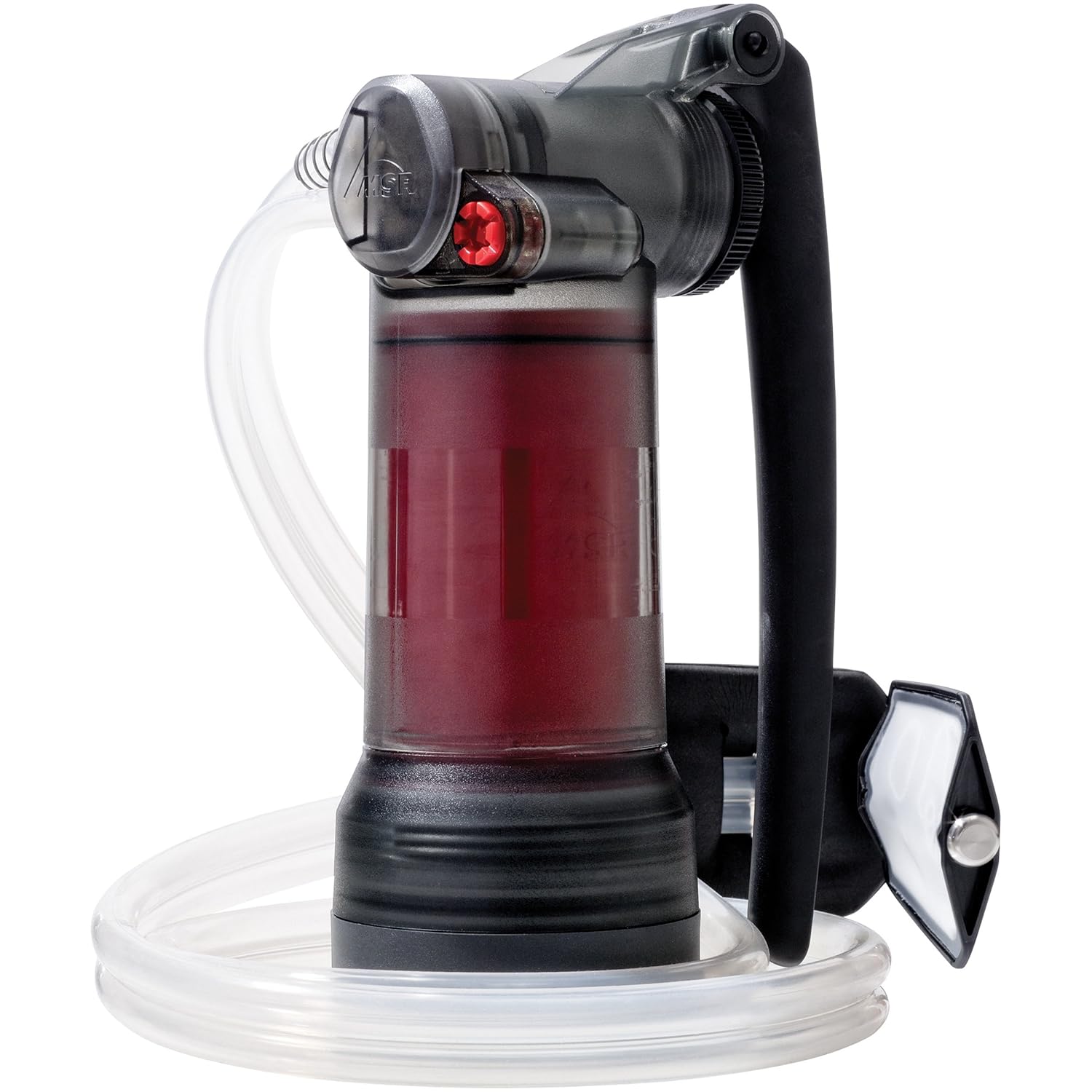In the fourth part of our series on backcountry water treatment methods, we focus on ultrafiltration. This method uses filters with pore sizes around 0.01 microns, which are necessary for virus reduction. This article explores the principles, controversies, effectiveness, and practical considerations of using ultrafilters in the wilderness.
Introduction to Ultrafiltration
Ultrafiltration targets viruses, bacteria, and cysts by utilizing extremely small pore sizes. While microfilters, like the Sawyer Mini and Katadyn BeFree, feature pore sizes around 0.1 microns, ultrafilters operate at approximately 0.01 microns, providing the necessary reduction for virus removal.
Controversies Surrounding Virus Filtration
A significant point of controversy in the field of water treatment is whether portable filters can effectively remove viruses. Some argue that viruses are too small to be filtered out by the currently available portable options. This section delves into these claims and the evidence supporting or refuting them.
Virus Sizes and Filtration Claims
The debate often revolves around the size of viruses, with some sources claiming that viruses can be as small as 0.004 microns, making them too small for most portable filters. However, upon investigating the origins of this claim, it appears that the figure is unsubstantiated and likely a myth.
- Water Quality Association (WQA): The WQA states that viruses are 0.004 to 0.1 microns in size. However, the WQA is not a scientific organization, and this claim is not referenced to any scientific data.
- Princeton’s Backpacker’s Field Manual: The manual repeats the 0.004-micron figure but without a cited source. Further investigation into the manual and its references revealed no scientific backing for this number.
- Scientific Evidence: Research shows that most waterborne human pathogens, including Hepatitis A, Rotavirus, and Norovirus, are larger than 0.02 microns. Studies and lab tests have demonstrated that ultrafilters with a pore size of 0.01 microns are effective at removing these viruses.
Centers for Disease Control and Prevention (CDC) Guidance
The CDC provides guidance on water disinfection, stating that portable ultrafilters with a pore size of approximately 0.01 microns are effective at removing viruses, bacteria, and parasites. This supports the use of ultrafilters for virus removal in backcountry settings.
Practical Use of Ultrafiltration
Ultrafiltration provides high-level protection by removing viruses along with bacteria and cysts. Here are some practical considerations for using ultrafilters in the field:
- Filter Selection: Choose filters that meet or exceed the EPA standards for virus removal (four-log reduction). Examples include the MSR Guardian Purifier and the Lifesaver ultrafiltration bottle.
- Maintenance: Regular maintenance, such as backflushing, is essential to maintain the effectiveness of ultrafilters. Some systems, like the MSR Guardian, include automatic backflushing mechanisms.
- Flow Rate and Capacity: Ultrafiltration systems vary in flow rate and capacity. For example, the MSR Guardian has a flow rate of 2.5 liters per minute and a cartridge life of over 10,000 liters, making it suitable for extended trips and group use.
Case Study: Viral Contamination and Risk
Norovirus Outbreaks on the Colorado River
Studies have shown that norovirus outbreaks can occur in wilderness settings. For example, over 400 rafters became ill with norovirus on the Colorado River, despite the difficulty in detecting viral contamination in water samples. This highlights the importance of using effective virus removal methods even when viruses are not easily detected.
Virus Concentrations and Health Risks
The EPA provides guidelines on acceptable virus concentrations in drinking water to maintain a low risk of infection (one in ten thousand people per year). Even low concentrations of viruses can pose health risks, underscoring the need for reliable ultrafiltration methods.
Conclusion
Ultrafiltration is a critical method for ensuring safe drinking water in the backcountry. Despite controversies, scientific evidence supports the effectiveness of ultrafilters with pore sizes around 0.01 microns in removing viruses, bacteria, and cysts. Proper use and maintenance of these filters can significantly reduce the risk of waterborne illnesses during outdoor adventures.
Stay tuned for the next installment in this series, where we will explore electrochemical methods, including adsorption and ion exchange, for virus reduction in backcountry water treatment.

